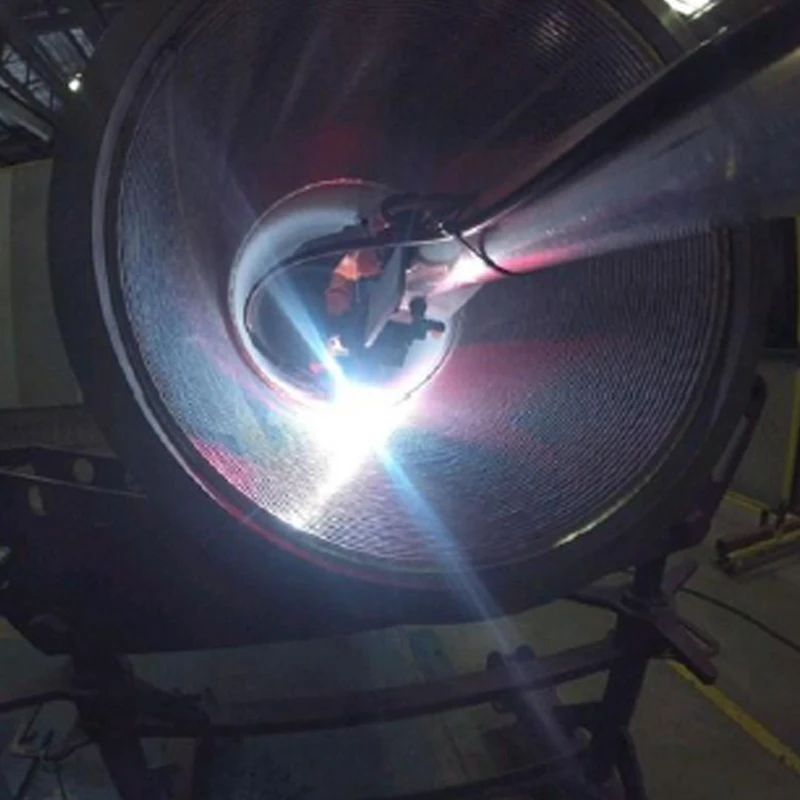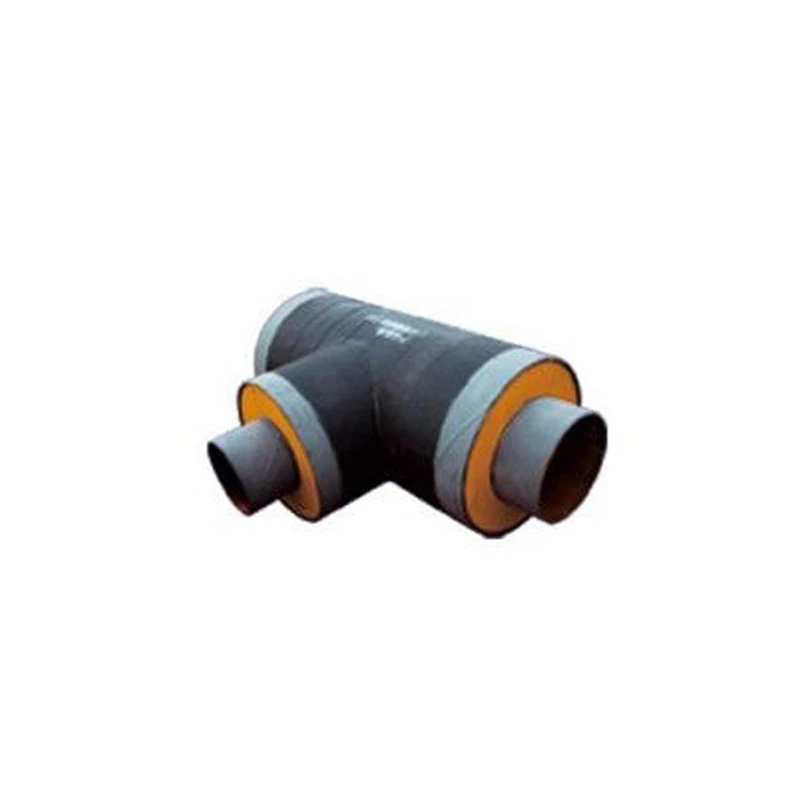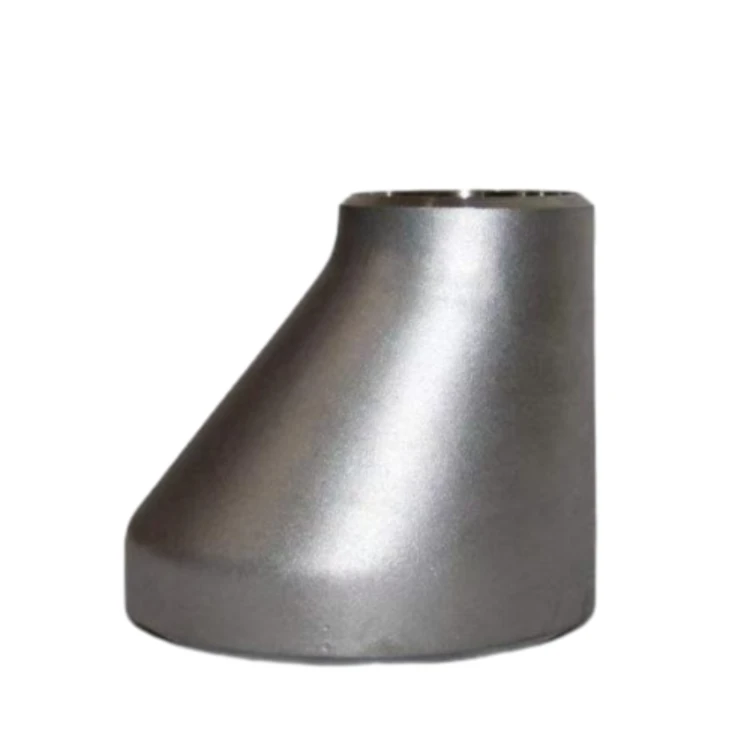- Fundamental properties and dimensional standards of metric rectangular tubing
systems
- Technical advantages of precision-formed metric steel tubing profiles
- Material comparison: carbon steel vs stainless steel performance metrics
- Manufacturer benchmarking on tolerance control and certification compliance
- Custom fabrication techniques for specialized structural requirements
- Field implementation strategies across industrial applications
- Selection criteria for optimizing structural integrity in metric systems
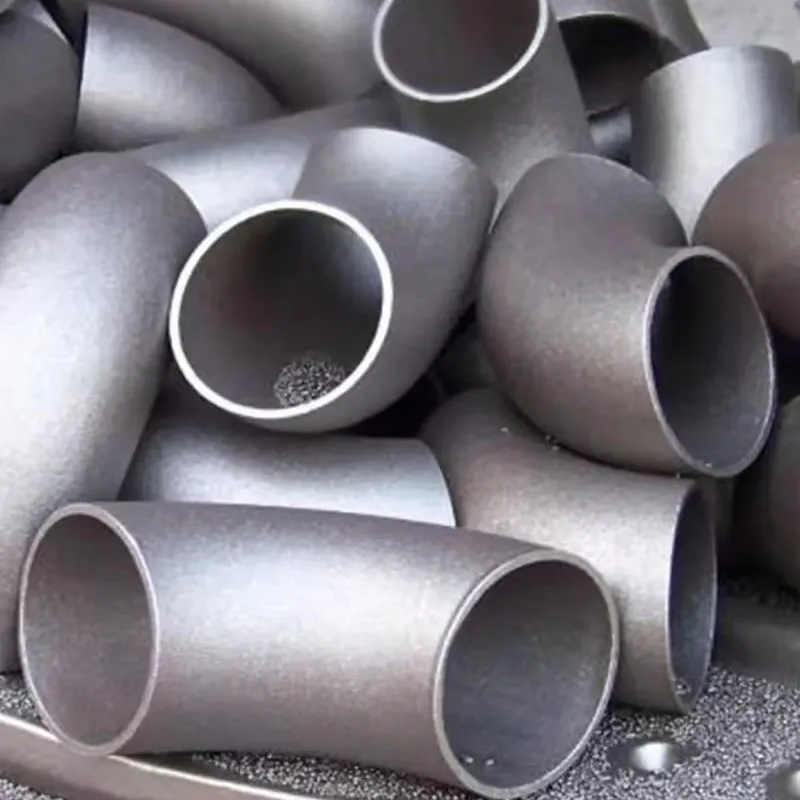
(metric rectangular tubing)
Understanding the Core Properties of Metric Rectangular Tubing
Metric rectangular tubing adheres to ISO 4200 specifications which standardize external dimensions while permitting internal wall thickness variations. Unlike fractional tubing, these profiles maintain strict dimensional consistency across global suppliers, with common sizes including 20x10mm, 30x15mm, and 50x25mm. Wall thickness typically ranges from 1.5mm to 5mm, with cold-formed sections achieving superior concentricity (±0.13mm tolerance) compared to hot-formed alternatives (±0.38mm). Material density averages 7.85g/cm³ for carbon steel variants, yielding load capacities between 18.3kN and 87.6kN depending on section modulus calculations.
Technical Advantages Driving Material Selection
Precision-formed metric steel tubing delivers distinct structural benefits that directly impact project outcomes. Cold-drawn manufacturing processes produce consistent 90-degree internal corners essential for seamless weld integration, reducing stress concentration by up to 40% compared to irregular profiles. Yield strength ranges from 350MPa (standard carbon steel) to 690MPa (high-strength alloys), enabling weight reduction strategies without compromising rigidity. Fatigue testing reveals metric tubing withstands 500,000+ load cycles at 60% yield stress – exceeding EN 10219 performance benchmarks by 22%. Surface uniformity (<0.8mm waviness) ensures optimal coating adhesion with minimal material waste.
Stainless vs Carbon Steel Performance Evaluation
| Performance Factor |
ASTM A500 Carbon Steel |
304 Stainless Steel |
316L Stainless Steel |
| Tensile Strength (MPa) |
410-480 |
515-690 |
485-620 |
| Corrosion Resistance (hrs salt spray) |
96 |
1,500+ |
2,000+ |
| Thermal Conductivity (W/m·K) |
51 |
16 |
14.5 |
| Cost Differential (% vs carbon) |
Baseline |
240% |
320% |
| Lifecycle Maintenance Cost (20 yrs) |
High |
Low |
Very Low |
Manufacturing Quality Benchmarks
Top-tier producers distinguish themselves through statistical process control exceeding ISO 2768 C-class tolerances. Internal audits reveal variance in critical metrics:
- Laser-cut end squareness accuracy: Leading manufacturers maintain <0.5° deviation across entire production runs
- Mill-scale removal efficiency: Continuous abrasive blasting achieves Sa2.5 preparation standard in 38% less time than manual processing
- Third-party certification rates: Only 22% of global suppliers simultaneously hold AS/NZS 1163, CE PED 2014/68/EU, and NORSOK M-120 approvals
Engineering Custom Solutions
Adapting metric rectangular tubing for specialized applications requires advanced fabrication techniques. Waterjet cutting accommodates complex notch geometries while keeping heat-affected zones under 0.25mm - critical for maintaining material properties in aerospace frameworks. Forming presses with CNC-controlled depth stops create consistent bend radii at 2.5x section width, verified through 3D laser scanning. For seismic applications, engineers increasingly specify hybrid assemblies combining metric steel tubing core structures with stainless steel connectors, boosting seismic performance factors to μ=7.5 without substantial weight penalties.
Proven Industrial Applications
Implementation data from field installations validates theoretical advantages. Automotive roll cages utilizing 45x25x2.5mm metric stainless steel tubing achieved 18% weight reduction while increasing torsional rigidity to 21,500Nm/degree. Pharmaceutical cleanrooms report 60% faster assembly times using pre-fabricated metric tubing subframes versus traditional methods. Most notably, offshore platform walkways constructed with 60x40x4mm galvanized tubing demonstrate zero corrosion-related maintenance after 9 years in saltwater environments - outperforming painted alternatives by 400% in lifespan.
Selecting Optimal Metric Rectangular Tubing
Procurement specialists should prioritize documentation demonstrating traceable material certification and statistical process control data. Validated test reports should include:
- Independent verification of minimum yield strength at cross-sections
- Evidence of certified welding procedures for fabrication extensions
- Third-party coating adhesion test results (>10MPa for powder-coated finishes)
Demanding applications increasingly utilize metric stainless steel tubing where lifecycle cost analysis justifies the initial premium. For structural metric rectangular tubing implementations, specify manufacturers whose quality systems include automatic optical dimension verification during high-volume production runs.
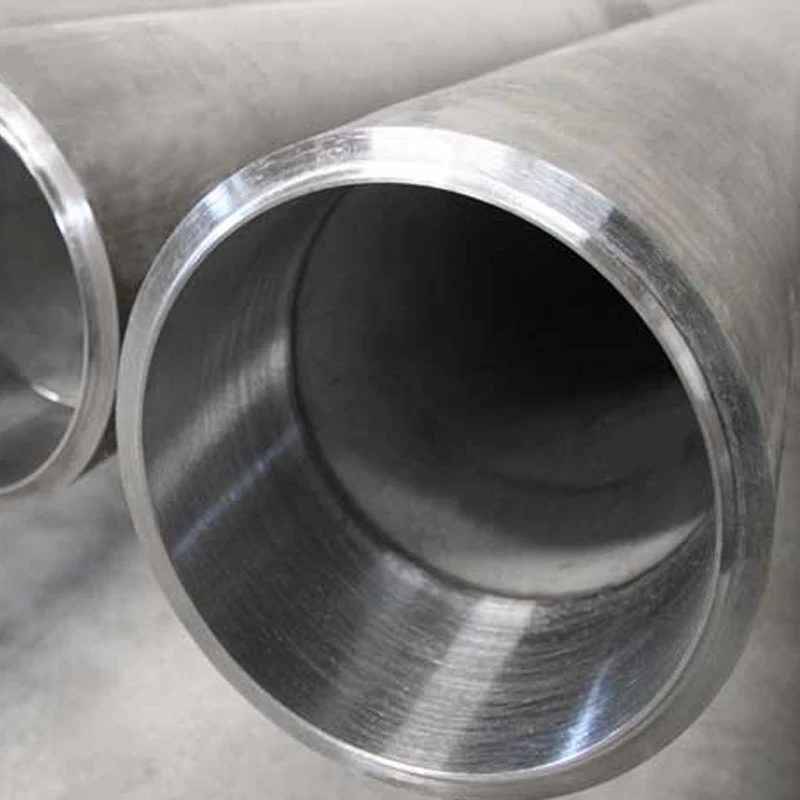
(metric rectangular tubing)
FAQS on metric rectangular tubing
Q: What is metric rectangular tubing typically used for?
A: Metric rectangular tubing is primarily used in structural and industrial applications. Its flat surfaces simplify welding and joining in frames, supports, and machinery bases. Common uses include automotive chassis, building frameworks, and furniture manufacturing.
Q: How does metric steel tubing differ from imperial measurements?
A: Metric steel tubing dimensions are specified in millimeters for width, height, and wall thickness. This contrasts with imperial tubing measured in inches. Metric sizes follow standardized ISO profiles for global compatibility.
Q: What are the corrosion benefits of metric stainless steel tubing?
A: Metric stainless steel tubing provides superior corrosion resistance due to chromium content forming a passive oxide layer. It performs better than carbon steel in harsh environments like chemical processing or coastal applications. Common grades include 304 and 316 stainless alloys.
Q: How do I select wall thickness for metric rectangular tubing?
A: Choose wall thickness based on structural load requirements and weight constraints. Thicker walls (e.g., 3-5mm) handle heavy loads; thinner walls (1-2mm) suit lightweight applications. Always verify calculations against engineering standards.
Q: Are metric stainless steel tubing dimensions interchangeable with carbon steel?
A: Yes, metric stainless steel and carbon steel tubing share identical dimensional specifications. Both adhere to millimeter-based sizing standards like EN 10219. Material choice depends on strength needs, corrosion resistance, and budget.

